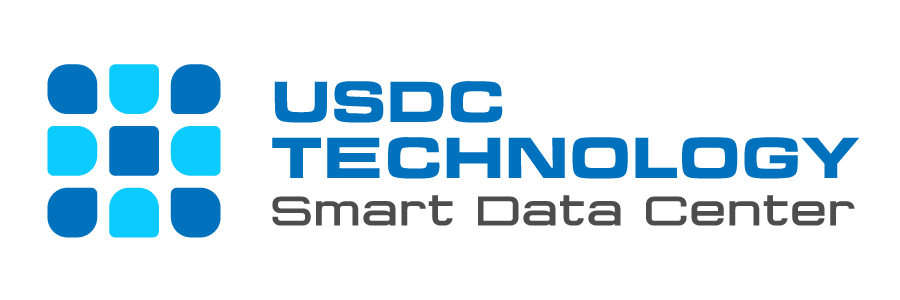DeepSeek, a Chinese AI startup, recently unveiled its R1 model, an AI system that rivals OpenAI’s GPT-4 and Anthropic’s Claude-3.5-Sonnet. What makes DeepSeek particularly noteworthy is its efficiency – developed using just 256 server nodes and 2,048 GPUs, significantly reducing costs compared to traditional AI training methods. This technological leap has led to speculation about its impact on AI, high-performance computing (HPC), and the broader data center industry.
Market Reactions and Data Center Implications
The introduction of DeepSeek’s R1 model triggered substantial market reactions, notably causing declines in tech stocks, including Nvidia. The reasoning? If AI models become more efficient, the demand for high-end GPUs and hyperscale data centers may decrease. However, leading cloud providers and hyperscalers, including Meta and Microsoft, remain committed to their data center investment plans, highlighting the continued demand for computational power.
The Role of Edge Data Centers in AI Evolution
While DeepSeek’s advancements might challenge traditional AI training paradigms, they also reinforce the growing importance of edge data centers. AI inferencing – the process of using trained models to generate real-time insights-requires localized, low-latency processing. This shift suggests that smaller, modular, and geographically distributed edge data centers could play an increasingly critical role.
Industry experts predict that as AI workloads diversify, we will see a hybrid infrastructure emerge. Centralized hyperscale data centers will continue handling massive AI model training, while edge data centers will support inferencing and real-time applications.
The Future of AI-Driven Data Centers – Three Perspectives
1. Why DeepSeek Could Disrupt Traditional Data Centers
- AI efficiency could reduce overall computational demand, limiting the need for large-scale data center expansion.
- Enterprises might opt for on-premise AI solutions, decreasing reliance on hyperscale and colocation facilities.
- DeepSeek’s use of less powerful GPUs could encourage a shift toward distributed AI infrastructure instead of centralized hyperscale growth.
2. Why DeepSeek Could Benefit the Data Center Industry
- Even with efficiency gains, AI adoption continues to expand, driving sustained demand for data center resources.
- The growth of edge and modular data centers could create new opportunities for data center operators.
- DeepSeek’s model might encourage hybrid AI deployments, balancing hyperscale data centers for training and edge facilities for inference.
3. Why DeepSeek May Have Minimal Impact on Data Centers
- AI-driven demand for computing power is already factored into hyperscale strategies, and DeepSeek is just another optimization rather than a fundamental shift.
- Enterprises still prefer premium AI hardware from Nvidia and AMD, making it unlikely that DeepSeek’s efficiency will disrupt current data center investment trends.
- Cloud providers and hyperscalers will integrate DeepSeek’s technology without altering their overall infrastructure plans.
The Increasing Role of Modular and Edge Deployments
As AI adoption accelerates, the demand for flexible, scalable data center solutions will grow. Modular and edge data centers provide a compelling solution for AI inferencing, enabling businesses to deploy localized compute power closer to users. These facilities can be rapidly deployed, optimized for specific workloads, and integrated into existing cloud and on-premise infrastructures.
With AI becoming more embedded in industries such as finance, healthcare, and telecommunications, edge data centers will help meet latency-sensitive AI processing needs. The hybrid model—combining large-scale AI training centers with a network of smaller, distributed inferencing facilities—will define the next phase of AI-driven data center evolution.
A Balanced Outlook
While DeepSeek represents a significant advancement in AI efficiency, it is unlikely to diminish the essential role of data centers. Instead, it highlights the need for a more dynamic infrastructure that blends hyperscale, colocation, and edge data centers.
As AI continues to evolve, the data center industry must adapt to support both massive computational demands and the increasing necessity for localized, real-time processing. Whether through hyperscale expansions or modular deployments, data centers remain at the heart of the digital revolution, ready to power the next wave of AI innovation.
Universal Smart Data Center Technology
For media inquiries or further information, please reach out to us at:
Phone: (+84) 28 73080708
Email: info@usdc.vn


